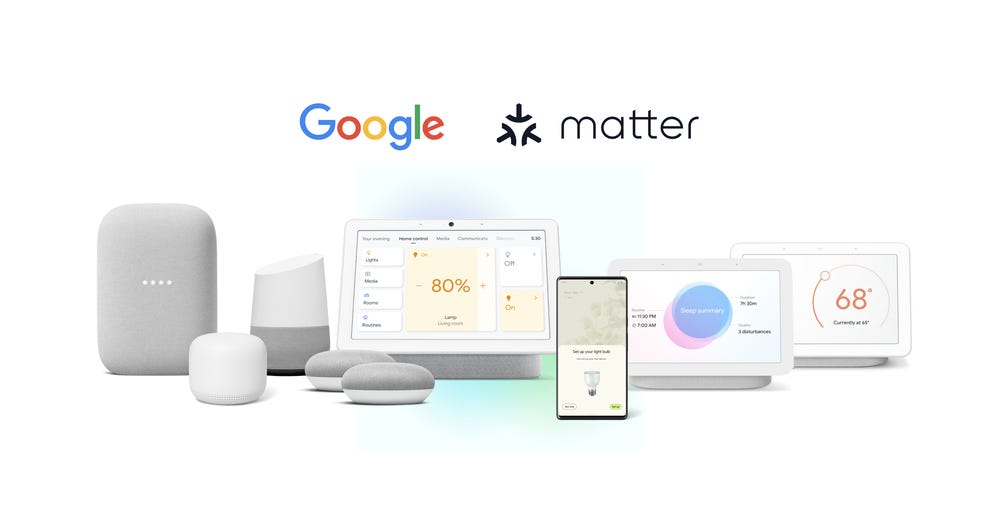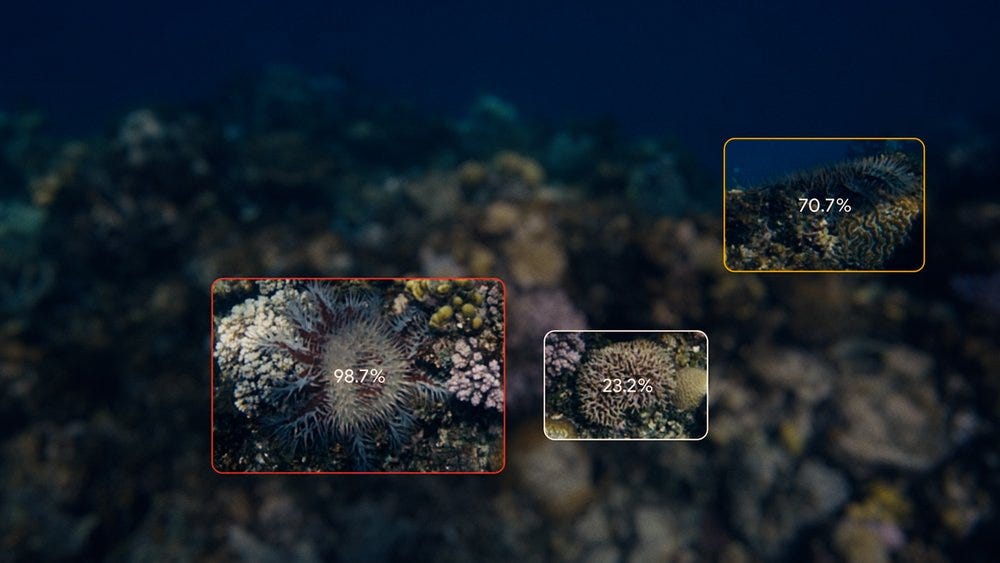
Google announced on Wednesday at its I/O 2022 convention that it plans to finally launch Matter, its new but delayed smart home industry standard later this year, and has explained how it will work in home ecosystems.
Matter, developed in collaboration with Apple, Amazon, and the Zigbee Alliance among others, will let users connect all enabled devices to Google Home and control them both locally and remotely with the Google Home app, including smart home controls on Androids and Google Assistant.
Matter controllers will include the original Google Home speaker, Google Mini, Nest Mini, Nest Hub, Nest Hub Max, Nest Audio and Nest Wifi. Devices will connect using Fast Pair and will feature multiple compatible voice control systems and networking protocols, including Alexa, Google Assistant, and Siri, as well as Thread.
While the Fast Pair feature has previously been used for headphones and audio gear, Google announced that it will soon be able to sync lightbulbs and smart plugs with Android and Nest devices.
“With Matter, there’s no need to build multiple versions of a smart home device to work across different ecosystems. You’ll only have to build once, and that device will work right away with Google Home and other smart home brands,” said the company in a blog post.
“This means you can spend less time building multiple connectivity paths, and more time innovating and delivering devices and features.”
The finalisation of Matter has not been smooth, with the standard delayed again earlier this year after having been originally slated for a 2020 release. The reasoning for the delay was detailed by the Connectivity Standards Alliance, which claimed that it needed more time to develop the software development kit (SDK) required for other companies to integrate with the platform.
“We know that a change in schedule, even a small one, can be disruptive or disappointing to everyone excitedly waiting for Matter’s launch … For the ability to tear down the walled gardens in IoT, accelerate growth, and improve experiences for customers and consumers, we’re certain a couple extra months will be worth the wait,” the CSA wrote at the time.
Google, however, announced that it would release the Home Developer Console on June 30, including two new SDKs to assist developers in building Matter devices and apps.
The company claims the SDKs will introduce intelligence clusters, which will share Google intelligence — such as home and away routines — with developers who “meet certain security and privacy requirements”.
Meanwhile, Google also announced that it has teamed up with Australia’s CSIRO and the Kaggle data science community to develop a machine learning solution to analyse underwater images to aid protection of the Great Barrier Reef.

The collaboration forms part of Google’s digital future initiative — a AU$1 billion investment in Australian infrastructure, research and partnerships — that was announced last year.
“While traditional reef surveys have been manual and time consuming, involving towing a diver behind a boat, AI technology can help analyse imagery and detect [crown-of-thorns starfish] more accurately and efficiently, via a live camera feed. This allows scientists to keep a closer and clearer watch of the reef, so outbreaks can be managed more effectively,” the company added.
The company added it was open sourcing the AI model so that researchers, students, and data scientists could further build on the technology.




















